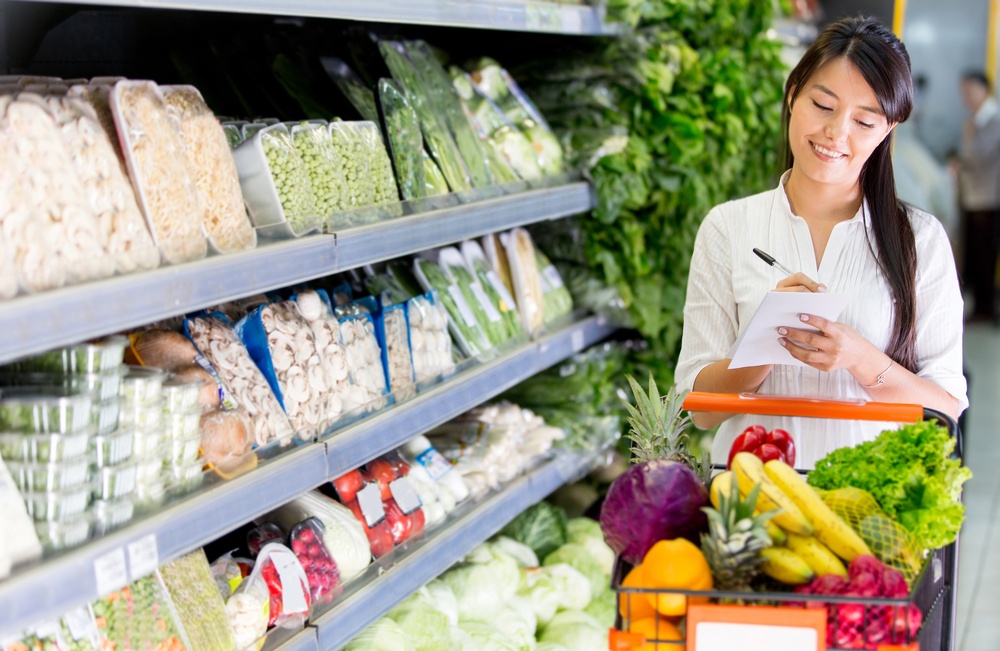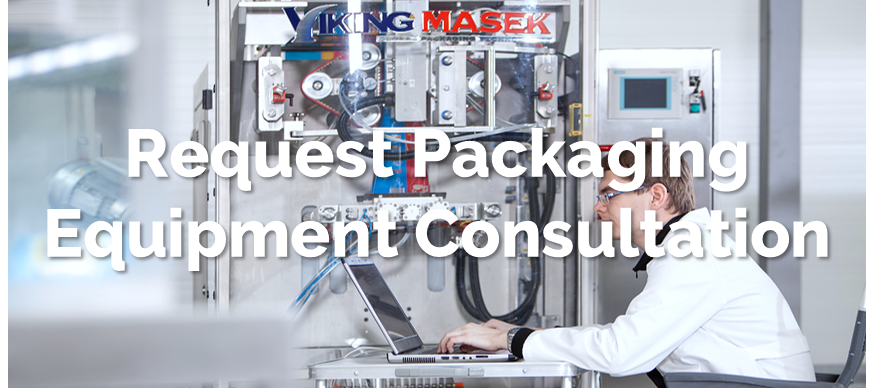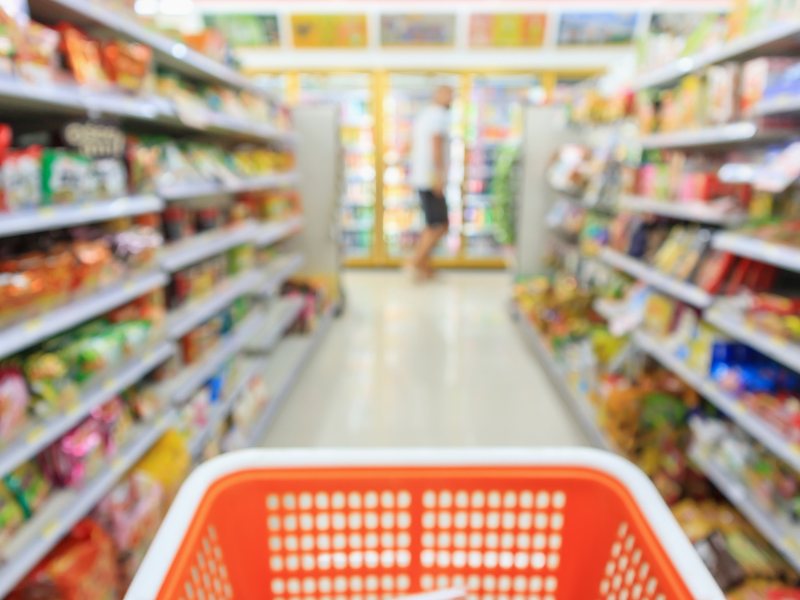5 Rules for Successful Natural Products Package Design
Natural products exist in a world of increasingly discerning consumers, a more competitive and crowded marketplace, and purchasers who are more informed than ever before. As such, natural and organic product packaging is held to a different standard. Here are 5 ways to ensure your natural product package design is a success:

1. Minimalist Design
According to Natural Products Insider, 'keeping it clean and simple' is the best way to reach natural and organic product consumers. When it comes to package design in this market, less is more. Complex design overwhelms consumers already facing a myriad of choices and limited time in which to make them. Communicate your brand and your product's use, and then stop. That's all consumers really need to know, and they will thank you with their wallet for making their choice clear and easy.
2. Convenience is King
Your natural product may be the best thing since whole-grain sliced bread, but if its packaging fails at convenience, your consumers will go elsewhere. Options like tear notches and recloseable zippers go a long way to show that you value your customer's time and want to accommodate their busy lifestyle. Portable, smaller package formats also fall in line with the priorities of a busy, on-the-go consumer. People want to buy your natural and organic products. Make it convenient for them to do so.
3. Enhanced Shelf Life
Natural products consumers want the best of both worlds: A product free of preservatives that also has a decent lifespan. These two desires can appear to be at odds with each other, but the good news is that with today's Modified Atmosphere Packaging (MAP) options, consumers can indeed have their gluten-free cake and eat it too. By either creating or sustaining a specific atmosphere within a package, MAP offers a natural alternative to preservatives.
4. Don't Embellish
Natural Products Insider comments that many companies use photography tricks and enhancements to make their product seem larger, more colorful, or more attractive than it actually is. We've all had the experience of buying a frozen meal for the appetizing way it was portrayed on its outer carton, and the resulting disappointment that occurs when it looks (and tastes) a lot less appealing after cooking. That lack of congruity causes innate mistrust. Now, we're not saying that you can't portray your product in the best light; of course you should! But representing a product as something it's clearly not will lead to growing dissonance and mistrust of your brand among consumers.
5. Eco-Conscious Packaging
Your product is natural. Why should your packaging represent the very opposite? Every facet of your branding speaks to your consumers and if there is inconsistency, they will notice. With many large industry players using and embracing green and compostable packaging materials, the cost is a lot less prohibitive than it may have been in the past and there are many more options available. At Viking Masek, we work with top film suppliers, all of whom have eco-friendly packaging material options available.
Your product's packaging is often the very first interaction a consumer has with your natural product, and what they will look for when (hopefully) looking to repurchase. Consider it an investment, and treat it as such.
 Packaging Equipment for Natural Products
Packaging Equipment for Natural Products
Discover today's options in natural products packaging equipment, technologies, and materials. Request a packaging equipment consultation today!




